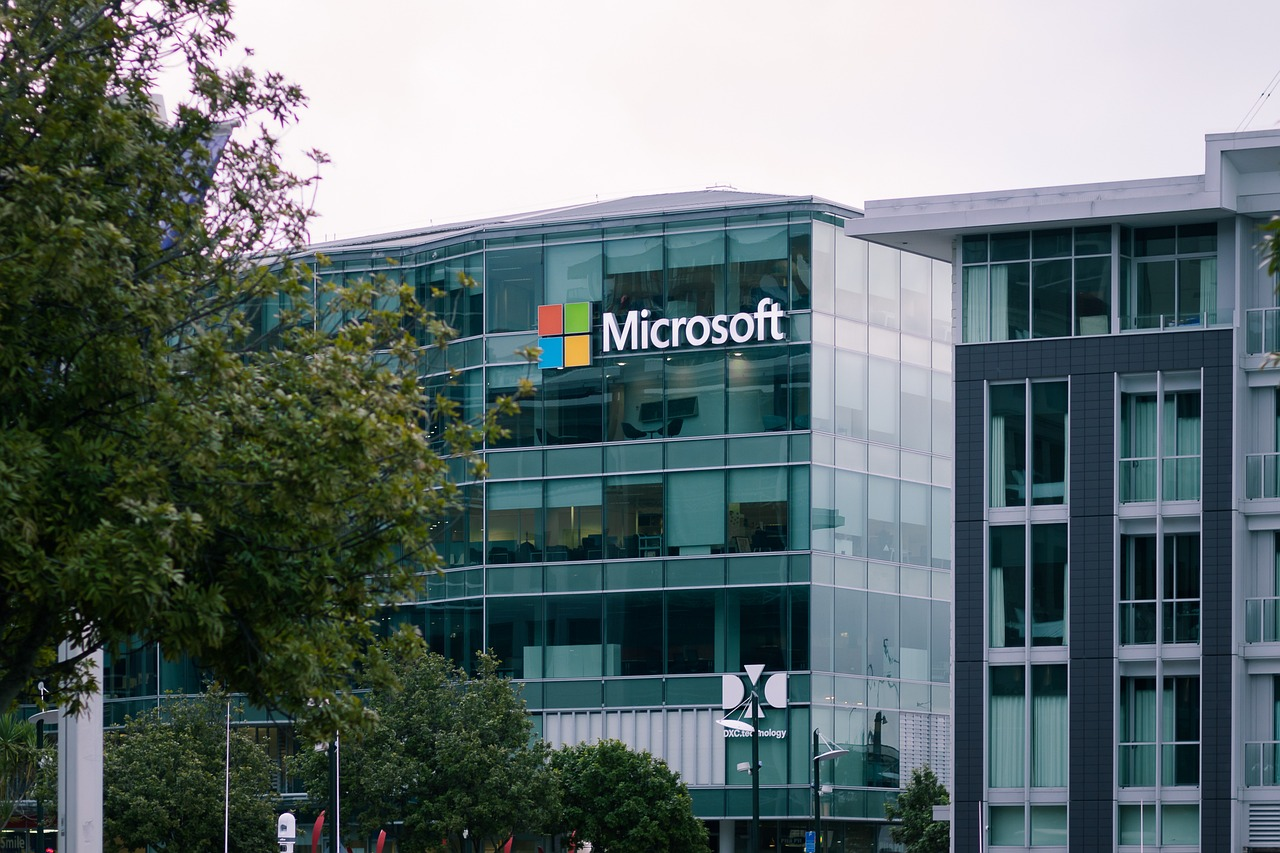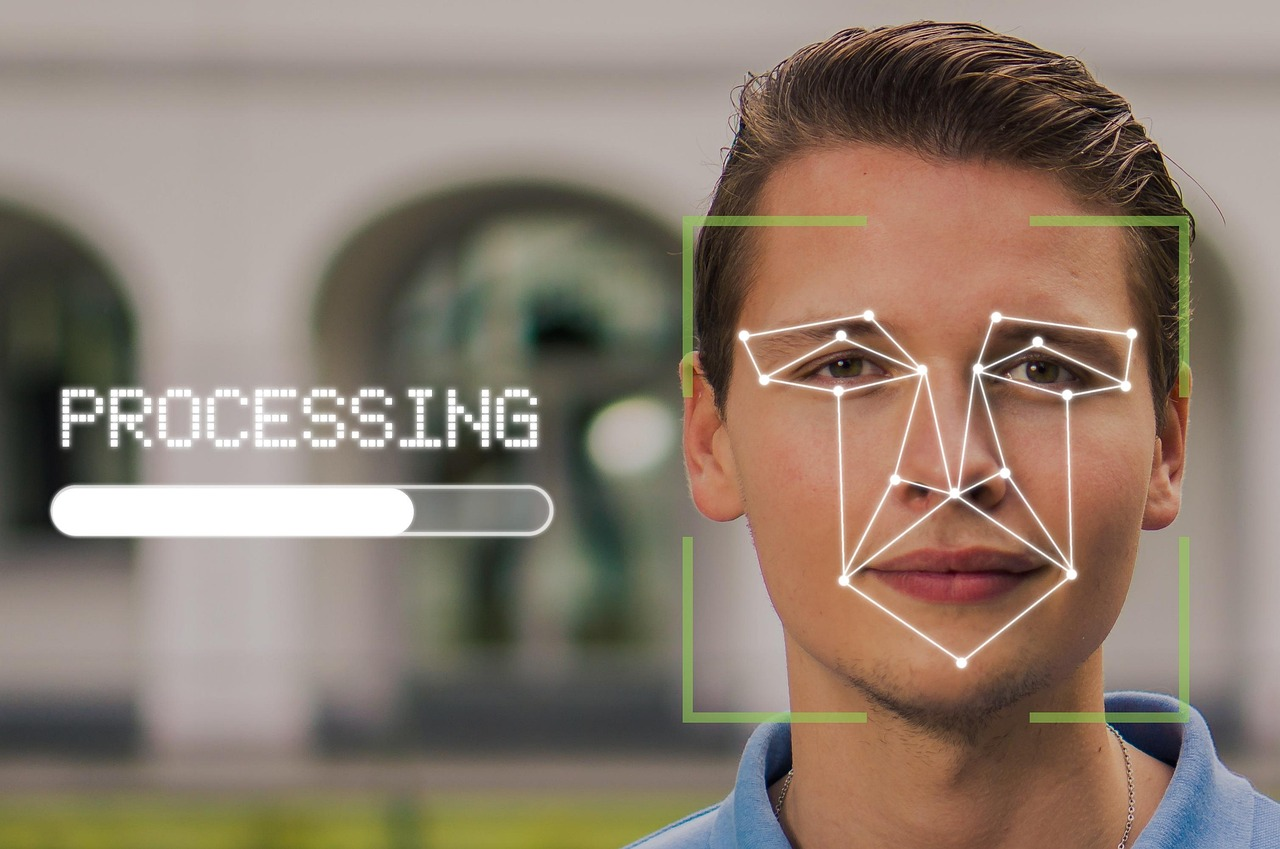Windows Hello for Business is a robust authentication technology that simplifies login processes. It makes accessing check-in systems, Windows desktops, and web portals effortless and secure. It replaces traditional passwords with biometric authentication, providing a seamless user experience. The authentication solution eliminates the risks of stolen and weak passwords. It reduces login times and ensures employees can quickly access applications and devices.
Window Hello for business streamlines access to check-in processes and online portals. Organizations can integrate the solution with Single Sign-On (SSO) solutions. That ensures businesses can authenticate once and access multiple portals and devices repeatedly without requiring the credentials. You can leverage the technology to sign into cloud-oriented platforms, check into workplace systems, and access sensitive business resources.
This post reveals more details about Windows Hello for Business.
Continue reading to learn its applications and essence in enhancing security.
What is Windows Hello for Business?

Windows Hello for Business lets your employees and allies sign in to web services and Windows devices with biometric data instead of a password. The technology leverages phish-resistant two-factor authentication and brute force protection. You can set it up on your web portal to allow customers to sign in with their fingerprints and supported keys.
The enterprise-grade security and management capabilities maximize protection. Windows Hello for Business users can leverage conditional access policies, device attestation, and certificate-based authentication. You can deploy policy settings to your devices for secure, compliant organizational operations.
How Windows Hello for Business Works
Windows Hello for Business uses advanced biometric authentication and certificate-based credentials to add a robust protection layer to your business assets. Asymmetrical key pairs or certificates establish a link between the obtained token and the associated device. The Trusted Platform Module (TPM) 1.2 or 2.0 supports hardware and software key generation.
You should set policies to enable hardware-based key generation. It uses advanced biometric templates stored locally on the user’s device. These technologies store the private keys on your device’s TPM. After you enter your biometric gesture or PIN, Windows uses the key to send cryptographic sign data to the identity provider for authentication and verification.
Windows Hello for Business leverages a single container for individual Microsoft accounts and corporate for Azure AD or Active Directory. The technology separates all keys through the identity providers’ domains.
Features of Windows Hello for Business

Windows Hello for Business integrates many robust features to achieve its security and privacy goals. It leverages your biological features, like iris patterns, fingerprints, and facial features, to create customized and secure authentication processes. Biometric data authentication offers a robust and convenient solution.
Windows Hello for Business also uses multifactor authentication to maximize user privacy and security. The technology blends PIN data and fingerprints to fortify your business devices against unauthorized access and potential attacks.
The security system offers cloud and on-premise resources in diverse digital environments. It works on Azure Active Directory-joined, Hybrid Azure Active Directory-joined, and Azure AD. It also works on domain-joined devices like the company intranet.
Why Your Company Should Leverage the Technology
Many companies using Microsoft Windows-enabled devices have adopted Windows Hello for business. Companies still in the dark want to adapt the technology to leverage its benefits. Windows Hello for Business adds robust protection against credential theft. An assailant must have the device and know the biometric data to launch a successful attack. Without the biometric data, having the device is useless.
Companies at risk of brute force and phishing attacks can safeguard their operations with Windows Hello for Business. The robust security and privacy mechanisms prevent server breaches and replay attacks. The technology supports asymmetric credentials generated in secluded TPM environments.
Users can decide on the authentication solutions to integrate into their businesses. They can combine PIN and biometric data to maximize security and prevent compromise.
How Windows Hello for Business Simplifies Login

Microsoft keeps advancing and upgrading its Windows Hello for Business to simplify logins to your company devices. They have recently introduced newer upgrades that enhance functionality and look. It has an updated interface that bonds with the contemporary Windows 11 look. The new interface makes it visually appealing and instinctual.
People will enjoy signing into business devices. They can access the Microsoft store with ease and enjoy every experience. Additionally, Microsoft has introduced passkeys for a secure, password-free login. The passkeys ensure you can decide how to sign in to your devices and switch between devices at will.
Microsoft Windows Hello enhances usability and maintains the highest security standards. Recent system updates are available on different devices and platforms. You can access it on enterprise-level software and the Microsoft Store. Switch to Windows Hello to keep your connection secure from cybersecurity threats. Biometric authentication adds a robust and user-friendly way to maximize business device security and privacy.
Wrapping Up
Windows Hello for Business is a game-changing authentication and security technology for modern companies. It leverages multifactor authentication, PIN, and biometric data to ensure a secure and user-friendly login experience. You can reduce reliance on outmoded password solutions.
Businesses of all sizes and types can embrace Windows Hello to optimize security and privacy. They can keep their devices and assets secure while protecting against phishing and brute-force attacks. You can consult encryption services to transition to Windows Hello for business.